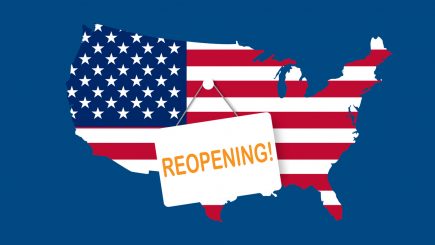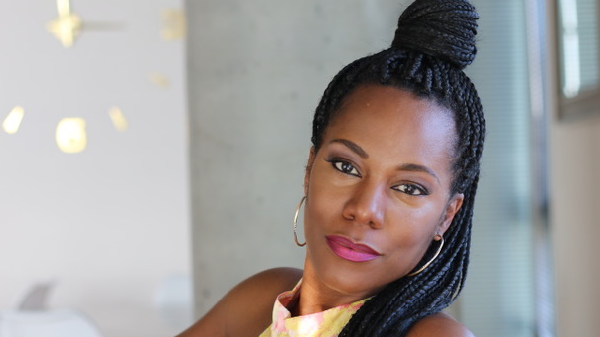
October is National Breast Cancer Awareness Month and this is a good time to focus on your health and the health of the people you love. Now is a great time to have or at least plan to have a screening mammogram done. For far too many of us the process is a mystery so I am here to change that. What follows is an everything you want to know, everything you need to know primer about breast health and reducing your risk of breast cancer. Read it. Share it and then take action.
First up the facts. Do you know what you need to know?
Did you know…..
- About 1 in 8 U.S. women (just under 12%) will develop invasive breast cancer over the course of her lifetime
- In 2011, an estimated 230,480 new cases of invasive breast cancer were expected to be diagnosed in women in the U.S., along with 57,650 new cases of non-invasive (in situ) breast cancer.
- About 2,140 new cases of invasive breast cancer were expected to be diagnosed in men in 2011. A man’s lifetime risk of breast cancer is about 1 in 1,000.
- From 1999 to 2005, breast cancer incidence rates in the U.S. decreased by about 2% per year. The decrease was seen only in women aged 50 and older. One theory is that this decrease was partially due to the reduced use of hormone replacement therapy (HRT) by women after the results of a large study called the Women’s Health Initiative were published in 2002. These results suggested a connection between HRT and increased breast cancer risk.
- About 39,520 women in the U.S. were expected to die in 2011 from breast cancer, though death rates have been decreasing since 1990 — especially in women under 50. These decreases are thought to be the result of treatment advances, earlier detection through screening, and increased awareness.
- For women in the U.S., breast cancer death rates are higher than those for any other cancer, besides lung cancer.
- Besides skin cancer, breast cancer is the most commonly diagnosed cancer among American women. Just under 30% of cancers in women are breast cancers.
- White women are slightly more likely to develop breast cancer than African-American women. However, in women under 45, breast cancer is more common in African-American women than white women. Overall, African-American women are more likely to die of breast cancer. Asian, Hispanic, and Native-American women have a lower risk of developing and dying from breast cancer.
- In 2011, there were more than 2.6 million breast cancer survivors in the U.S.
- A woman’s risk of breast cancer approximately doubles if she has a first-degree relative (mother, sister, daughter) who has been diagnosed with breast cancer. About 15% of women who get breast cancer have a family member diagnosed with it.
- About 5-10% of breast cancers can be linked to gene mutations (abnormal changes) inherited from one’s mother or father. Mutations of the BRCA1 and BRCA2 genes are the most common. Women with these mutations have up to an 80% risk of developing breast cancer during their lifetime, and they are more likely to be diagnosed at a younger age (before menopause). An increased ovarian cancer risk is also associated with these genetic mutations.
- In men, about 1 in 10 breast cancers are believed to be due to BRCA2 mutations, and even fewer cases to BRCA1 mutations.
- About 85% of breast cancers occur in women who have no family history of breast cancer. These occur due to genetic mutations that happen as a result of the aging process and life in general, rather than inherited mutations.
- The most significant risk factors for breast cancer are gender (being a woman) and age (growing older).
- As of Jan. 1, 2009, there were about 2,747,459 women alive in the United States with a history of breast cancer. This includes women being treated and women who are disease-free.
The preceeding information is courtesy of Breast Cancer.org https://www.breastcancer.org/symptoms/understand_bc/statistics
♥
Do you know what you need to know to detect breast cancer early?
The Guidelines:
Mammogram Guidelines as recommended by the American Cancer Society for most adults.
- Yearly mammograms are recommended starting at age 40 and continuing for as long as a woman is in good health
- Clinical breast exam (CBE) about every 3 years for women in their 20s and 30s and every year for women 40 and over
- Women should know how their breasts normally look and feel and report any breast change promptly to their health care provider. Breast self-exam (BSE) is an option for women starting in their 20s.
Some women – because of their family history, a genetic tendency, or certain other factors – should be screened with MRI in addition to mammograms. (The number of women who fall into this category is small: less than 2% of all the women in the US.) Talk with your doctor about your history and whether you should have additional tests at an earlier age.
For more information, call the American Cancer Society and ask for our document called Breast Cancer: Early Detection
The Mammogram:
What is it like? How is it done? Does it hurt? Again mammograms are recommended starting at age 40 and continuing for as long as a woman is in good health. Here is a short film that walks you through the procedure.
https://vimeo.com/29842897
For women under the age of 40 here is what you should be doing. The correct way to examine your breast.
The Breast Self exam:
♥
Do you know what to look for?
1. Breast Changes for both men and women
- Skin dimpling or puckering
- Nipple retraction
- Redness or scaling of the nipple or breast skin
- Nipple discharge
- Lumps
Since a picture is worth a thousand words check this out:
https://ww5.komen.org/BreastCancer/WarningSigns.html
♥
Do you need help paying for your mammogram?
You can find information here.
https://www.healthcentral.com/breast-cancer/c/78/15110/faqs-women/
Do you want more information? Want know what you can do to help?
Information, Awareness & Donations
Beyond Breast Cancer: Stories of Survivors
Breast Cancer PSA
https://youtu.be/VsyE2rCW71o














